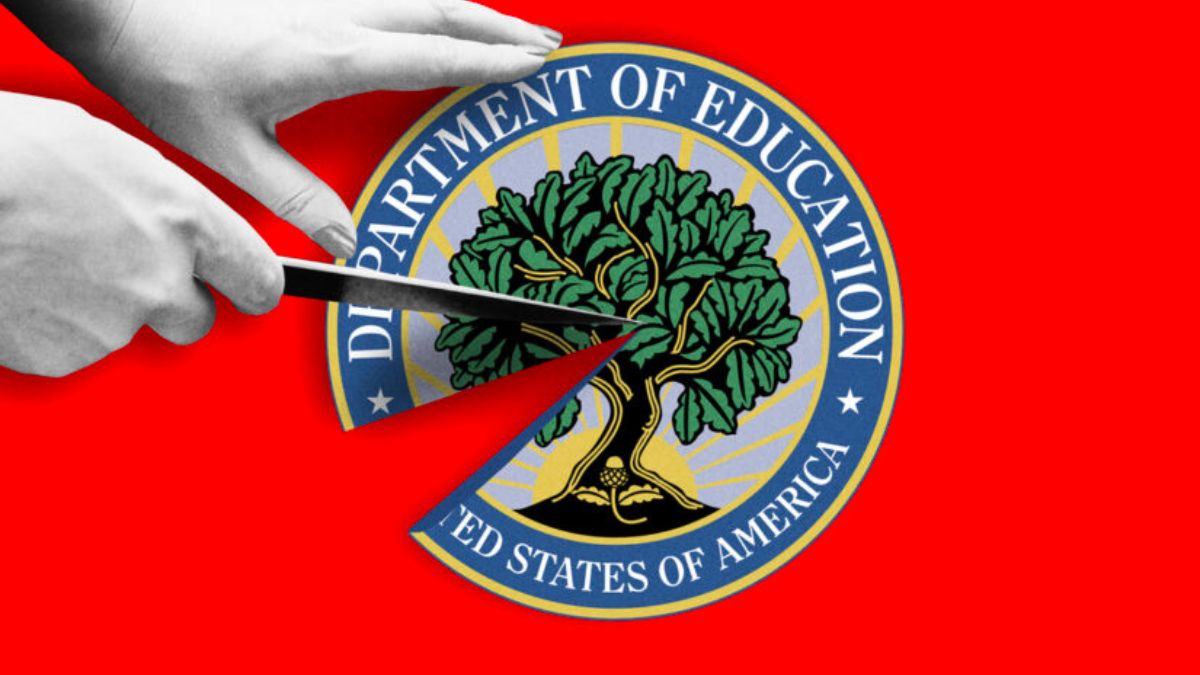The Department of Education (DoE) plays a pivotal role in shaping the educational landscape of a nation. Whether at the federal, state, or local level, this government body is responsible for implementing policies, distributing funding, and ensuring quality education for all students.
In this SEO-optimized article, we will explore:
- The history and establishment of the Department of Education
- Its key functions and responsibilities
- How it impacts students, teachers, and schools
- Recent policies and reforms
- Frequently asked questions (FAQs)
By the end of this 1,000+ word guide, you will have a thorough understanding of the DoE’s significance in modern education.
History of the Department of Education
Origins and Establishment
The U.S. Department of Education (ED) was officially established in 1980 under President Jimmy Carter. However, its roots trace back to 1867, when the first federal education agency was created to collect data on schools.
Before 1980, education was managed by the Department of Health, Education, and Welfare (HEW). The separation into an independent department was aimed at improving efficiency and focus on educational policies.
Evolution Over the Years
- 1980s: Focused on student loans, civil rights, and special education
- 1990s: Introduced reforms like Goals 2000 to improve academic standards
- 2000s: No Child Left Behind (NCLB) Act emphasized standardized testing
- 2010s: Every Student Succeeds Act (ESSA) replaced NCLB, giving states more control
- 2020s: Emphasis on COVID-19 recovery, student debt relief, and equity in education
Key Functions of the Department of Education
The DoE operates at multiple levels—federal, state, and local—with distinct responsibilities.
1. Federal-Level Responsibilities
- Funding Allocation: Distributes billions in grants (e.g., Title I funds for low-income schools)
- Policy Implementation: Enforces laws like IDEA (Individuals with Disabilities Education Act)
- Civil Rights Protection: Ensures non-discrimination under Title IX
- Student Financial Aid: Manages FAFSA, Pell Grants, and federal student loans
2. State-Level Responsibilities
- Curriculum Standards: Sets Common Core or state-specific guidelines
- Teacher Certification: Oversees licensing and professional development
- School Accountability: Rates schools based on performance metrics
3. Local-Level Responsibilities
- School Operations: Manages budgets, staffing, and facilities
- Community Engagement: Works with parents and local organizations
- Disciplinary Policies: Implements codes of conduct and safety protocols
Impact of the Department of Education
On Students
- Ensures equal access to quality education
- Provides financial aid for college through Pell Grants and loans
- Protects against discrimination (e.g., disability, race, gender)
On Teachers
- Sets professional development requirements
- Influences salary structures and benefits
- Provides funding for classroom resources
On Schools
- Mandates standardized testing and reporting
- Distributes funding for infrastructure and technology
- Enforces safety regulations (e.g., anti-bullying, emergency preparedness)
Recent Policies and Reforms
1. Every Student Succeeds Act (ESSA) – 2015
- Replaced No Child Left Behind (NCLB)
- Gives states more flexibility in setting standards
- Focuses on holistic student success beyond test scores
2. COVID-19 Relief Funding
- American Rescue Plan (2021) provided $122 billion to schools
- Funds used for reopening safely, mental health support, and learning loss recovery
3. Student Loan Forgiveness Programs
- Public Service Loan Forgiveness (PSLF) for government/nonprofit workers
- Income-Driven Repayment (IDR) adjustments
- Biden’s Debt Relief Plan (partially implemented)
Challenges Facing the Department of Education
Despite its critical role, the DoE faces several challenges:
1. Funding Inequities
- Wealthier districts often receive more local funding, creating disparities
- Rural and urban schools struggle with resource shortages
2. Political Influence
- Education policies often shift with changing administrations
- Debates over standardized testing, charter schools, and curriculum content
3. Student Debt Crisis
- Over $1.7 trillion in outstanding student loans
- Calls for widespread forgiveness concerns over taxpayer costs
4. Digital Divide
- Lack of high-speed internet in underserved areas
- Need for technology integration in classrooms
Future of the Department of Education
Looking ahead, the DoE is expected to focus on:
- Expanding early childhood education (e.g., universal Pre-K)
- Enhancing STEM and vocational training
- Addressing teacher shortages through incentives
- Improving digital accessibility for remote learning
Frequently Asked Questions (FAQs)
1. What is the main purpose of the Department of Education?
The DoE ensures equal access to quality education, distributes funding, and enforces federal education laws.
2. How does the DoE influence college affordability?
Through Pell Grants, student loans, and repayment plans, the DoE helps students manage higher education costs.
3. Can the Department of Education forgive student loans?
Yes, through programs like PSLF, IDR adjustments, and potential executive actions.
4. How are schools held accountable by the DoE?
Via standardized testing, ESSA requirements, and funding compliance.
5. What role does the DoE play in K-12 education?
It provides funding, sets civil rights protections, and supports teacher training.
Conclusion
The Department of Education is a cornerstone of the U.S. education system, impacting students, teachers, and schools nationwide. From funding and policymaking to civil rights enforcement, its influence is far-reaching.
As education evolves with technological advancements and societal changes, the DoE must adapt to ensure equity, accessibility, and excellence for all learners.











